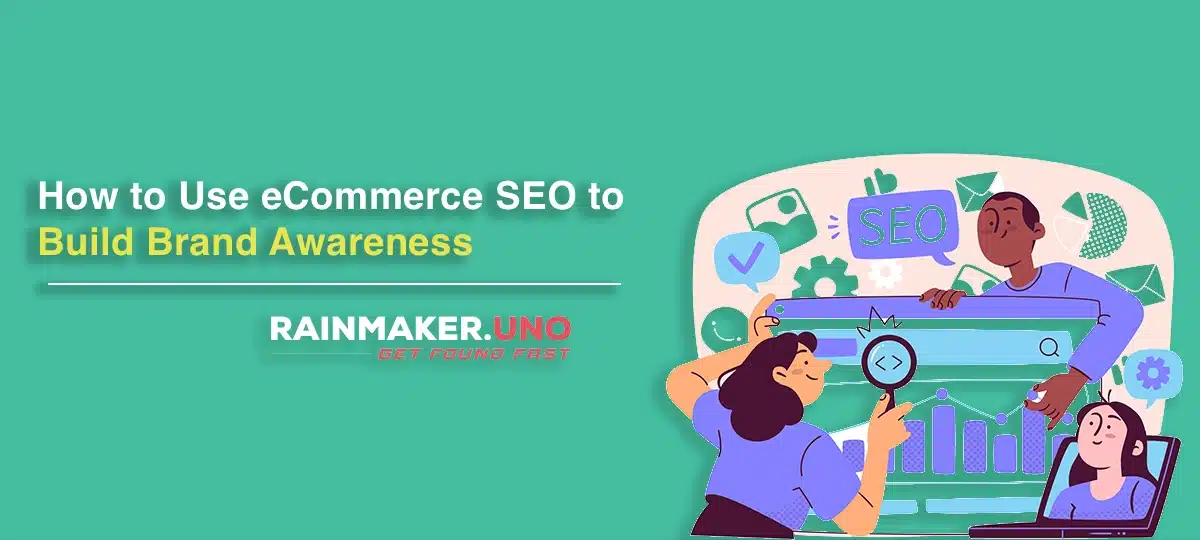Boosting your SEO efforts to improve brand awareness is easy when done strategically.
Refer to the strategies mentioned in this blog and create a well-structured eCommerce SEO checklist to improve your search ranking and increase overall sales.
While using these tactics, don’t forget to consider your business size, type, target audience, and unique business needs that effectively serve specific markets and operational demands.
The increasing popularity of the Internet has fostered connectivity among people, and businesses are taking advantage of this excellent opportunity.
But how exactly are businesses doing that?
They are using eCommerce SEO to improve your online store’s visibility.
eCommerce SEO helps your brand achieve a higher ranking on search engines. It allows your brand to reach a wider audience, including new customers unaware of your products or services.
Here are the best eCommerce SEO strategies to build brand awareness.
1. Focus On High-Quality Keywords And Content
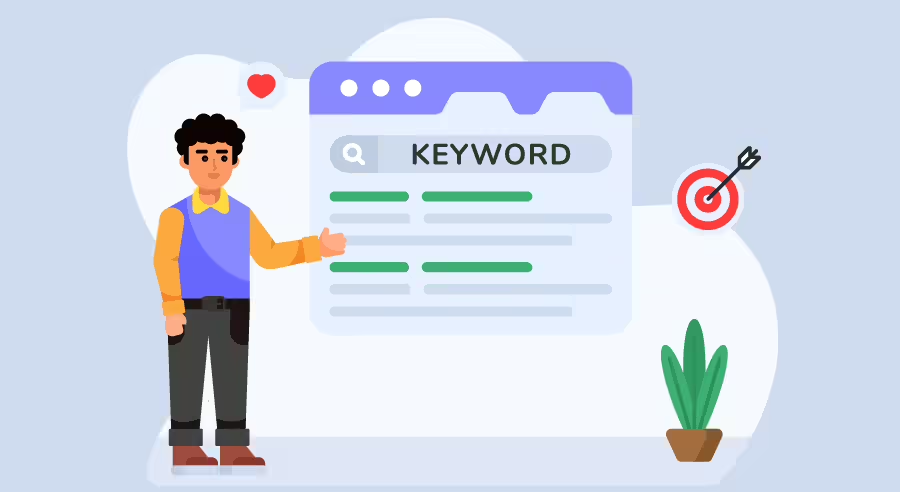
Following the EAT principles—Expertise, Authoritativeness, Trustworthiness—make your content credible and relevant enough to appear on top search engine results.
For instance, if your online store is prominent for selling eco-friendly clothes, then switching abruptly to high-tech gadget blogs would demean your credibility.
Keep the content focused on your niche because it shows your authority in the subject by continually showcasing it to Google.
In fact, companies that maintain a targeted content strategy are 13 times more likely to earn a profitable return on investment.
Write high-quality, informative content that solves customer questions and empowers brand awareness with trust.
2. Create Quality Backlinks
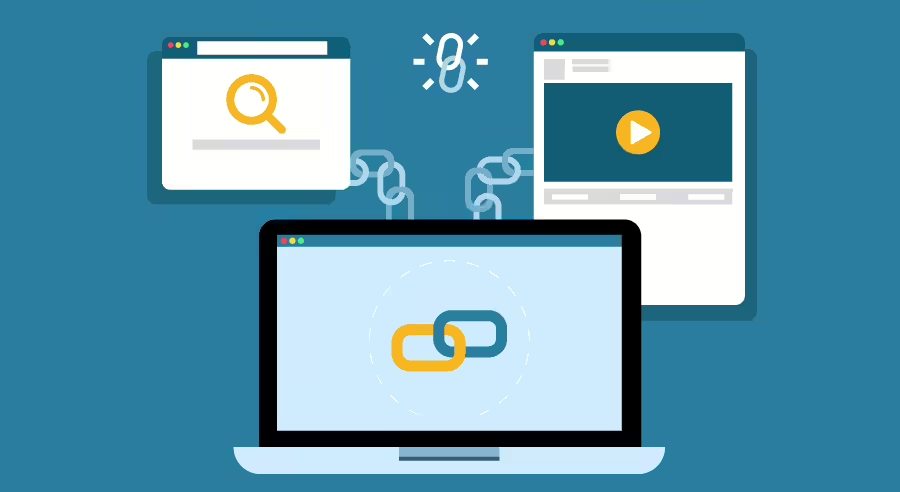
With an increased online presence comes the increased risk of receiving toxic backlinks from low-authority or irrelevant sites that will hurt your SEO; hence, removing them is crucial.
Besides eliminating toxic links, focusing on gaining high-quality backlinks from authoritative sources is equally essential. These authoritative backlinks are extremely important in showing the credibility of your content to the search engines, thus improving your rankings.
According to a survey, 66.31% of pages have no backlinks; 26.29% have links from three websites or fewer. With each credible backlink, you get one vote of confidence from search engines, increasing your site’s organic traffic.
3. Update And Optimize Your Product Pages

The more competitive keywords you target, the more critical it is to maintain your SERP (search engine result pages) rankings.
Even a couple of positions in your high-value keywords can lead to significant changes in the volume of leads and sales you receive. This is especially true for your product pages.
Consumer search patterns constantly evolve, directly affecting which brands and products appear at the top of the SERPs.
Updating the product and service pages is important for optimizing the keywords your audience is looking for, giving you a competitive edge.
4. Effective Pay-Per-Click Ads
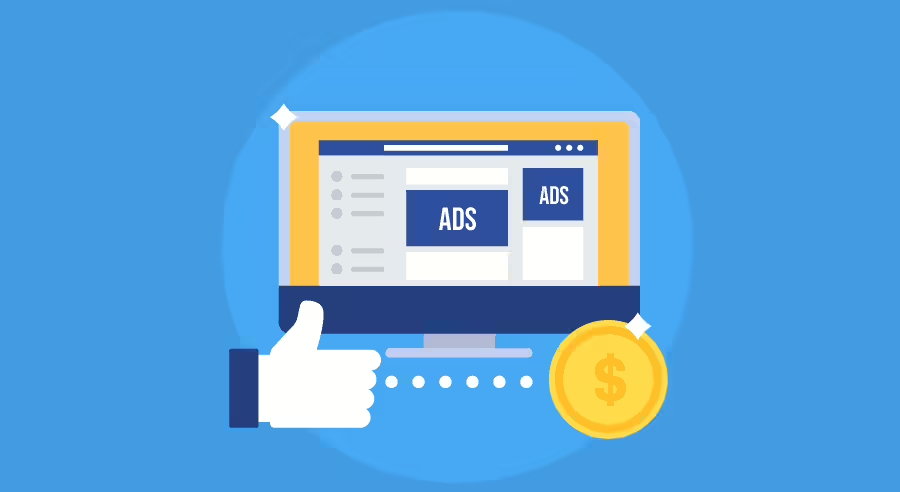
PPC advertising makes your brand immediately visible at the top of search engine results pages, whether or not the user clicks on your ad. This ongoing visibility helps to create a familiarity with your brand’s promise much faster than near-exclusive reliance on organic search.
Design a keyword strategy relevant to your niche to maximize the PPC effectiveness. For example, if you are a retailer of green products, optimize them for the terms “sustainable” and “green” to search for consumers.
Mention your brand name clearly in the ad copy so that it remains in customers’ minds.
5. Target Your Niche Audience

Social media is an excellent platform to reach your target audience and get to know them.
Start with extensive keyword research to find out what people are looking for.
For instance, if you sell eco-friendly kitchen products, terms like “sustainable cookware” can entice customers who are looking for such products.
Focusing on a niche also gives you even more online visibility and focused attention from customers who align with your business. This builds brand awareness and gets customers talking, boosting your brand’s reach.
6. Include Multimedia In Your Content

Including multimedia in your website content helps in improving your SEO efforts.
Using your target keywords to optimize photos, videos, and other multimedia elements increases the likelihood that your content will appear in search results in various formats, including shopping lists, videos, and visual content.
Multimedia is also an effective method to showcase your brand’s unique identity. Intelligent text overlays and compelling scripts can reflect your brand’s unique voice in videos and photos.
You can use trendy filters to enhance your company’s color scheme and use the content to communicate your culture and core beliefs. These elements are crucial for strengthening brand recognition, building lasting trust, and establishing credibility.
7. Monitor Your Marketing Performance

It is critical to closely monitor your eCommerce website’s performance to identify improvement areas and fine-tune your SEO approach.
You could track key metrics, such as organic traffic, keyword ranking, conversion rates, and bounce rates, using available analytics tools, such as Google Analytics and Google Search Console, to understand your website’s and category pages’ performance.
By looking through this data, you may identify trends, find problems, and make wise decisions to improve your website’s SEO.
8. Fast Loading Speed
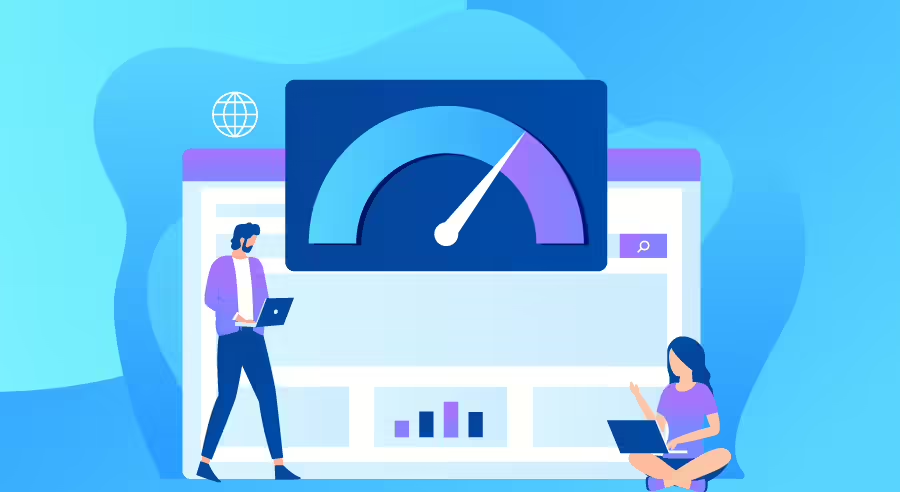
Site speed impacts both SEO and user experience and user engagement significantly.
Faster pages rank better in search results and reduce bounce rates, enhancing user satisfaction.
Here are the tips to enhance the loading speed of your website:
- Compress and resize images to reduce file size.
- Enable caching to store site files for faster loading.
- Minimize HTTP requests by combining CSS and JavaScript files.
- Use Content Delivery Network (CDN) to distribute content globally.
- Clean and minify code to remove unnecessary elements.
- Optimize server response times to handle traffic efficiently.
9. Implementing Local SEO
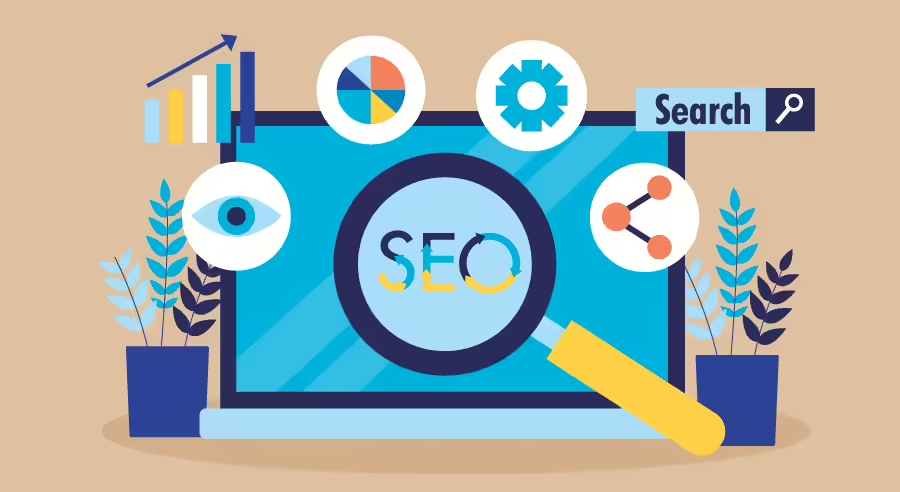
Local SEO is important for eCommerce businesses targeting regions or physical locations.
Local search optimization can attract nearby customers quickly and increase brand awareness.
Start by creating and optimizing your listing on Google My Business by including your business name, address, and phone number (NAP).
Integrate location-based keywords, meta tags, and product descriptions within your website content.
Encourage satisfied customers to review since local positive reviews elevate search ranking visibility. Engaging with the community on social media and building backlinks will give your brand a geographical identity.
10. Mobile Optimization

Mobile optimization significantly impacts mobile eCommerce SEO and brand awareness as more shoppers use mobile devices.
Mobile-optimized websites help you provide an uninterrupted user experience for better engagement and search rankings.
Use responsive design in your website to adjust to different screen sizes and improve navigation and readability.
Add touch-friendly elements, such as larger buttons and easily operable menus. Moreover, ensure mobile-first indexing so your brand will be as visible and competitive as possible in search engine results.
